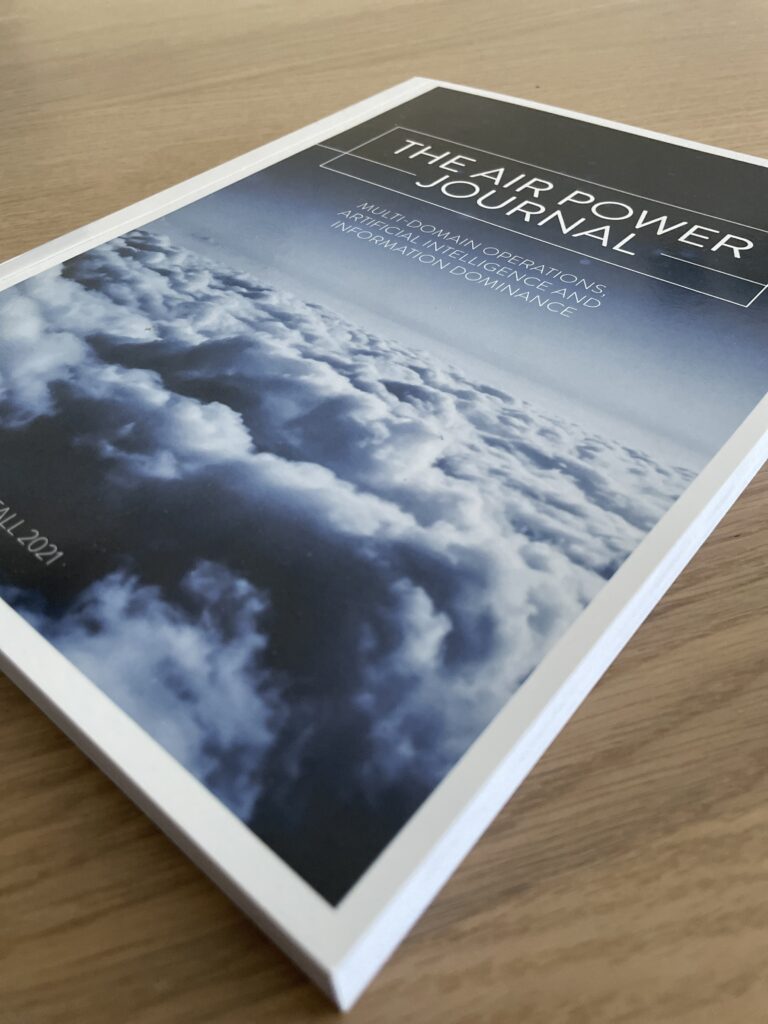To ensure safety standards for flight crew and personnel on the ground, a holistic regulatory framework for airworthiness and air safety incorporating aircraft design, its physical condition as it is continuously operated, and the organizations and personnel responsible for maintenance is imperative. Unlike the civil sector, most militaries develop their own airworthiness and safety requirements. Still, GCC nations have primarily relied on original equipment manufacturers (OEMs) to work with local maintenance, repair, and overhaul (MRO) contractors and operators to furnish such requirements for military aircraft programs.
As GCC nations move towards establishing military aviation authorities, which promise multi-faceted long-term benefits, establishing a harmonized framework at the GCC level will lay the basis for multinational collaboration that can increase aircraft availability, reduce program durations and, importantly, drive down costs. Creating a coordination mechanism to develop standard requirements and a shared roadmap will also accelerate the longer-term effort toward acquiring a comprehensive military certification capability. GCC nations can adopt a quick-start approach for MAAs by focusing initially on continuing airworthiness aspects where performance criteria, professional standards, and standard operating procedures (SOPs) are instituted, and the cultivation of the required ecosystem is set in motion.

